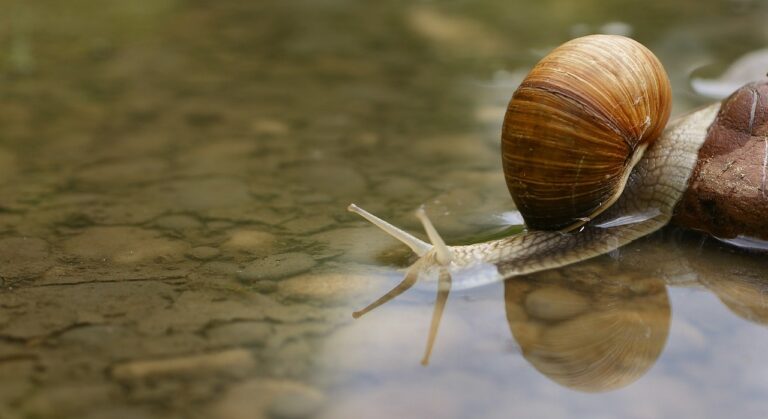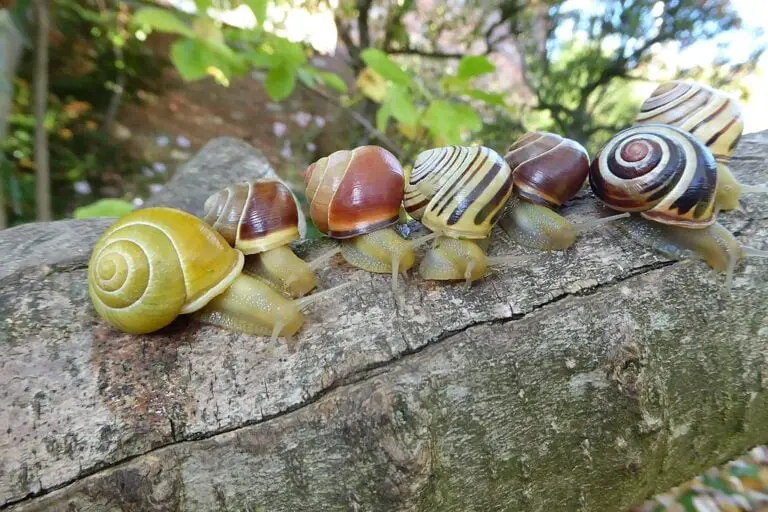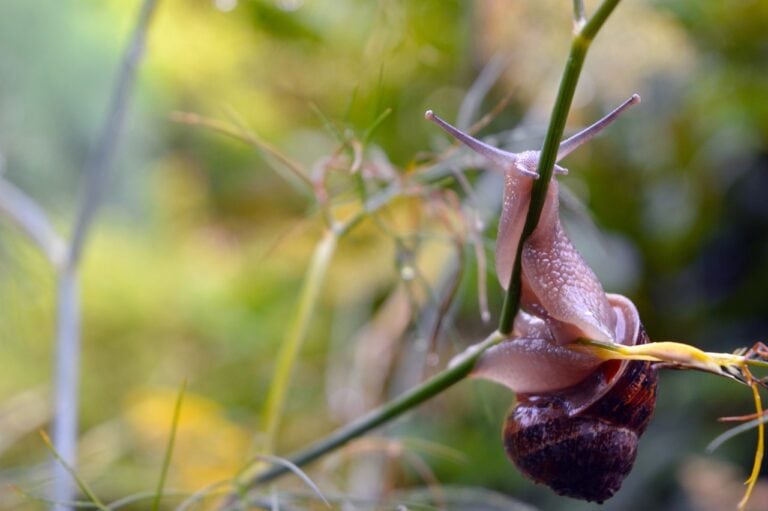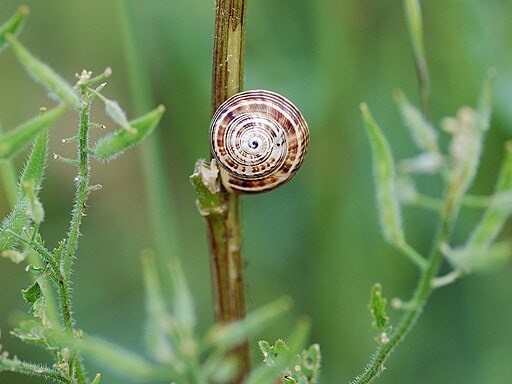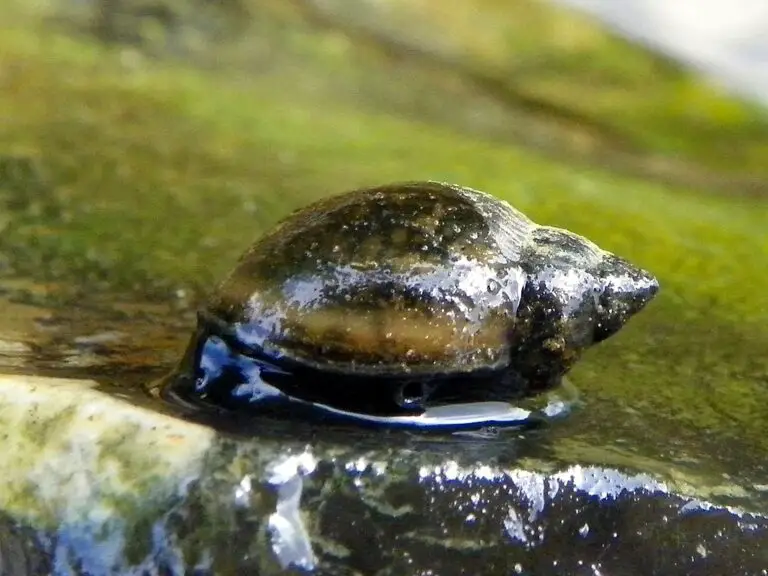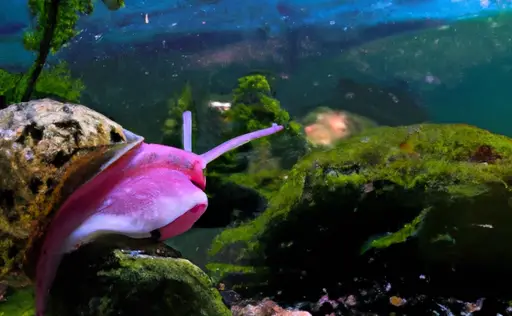Do Snails Have Unique Personalities?
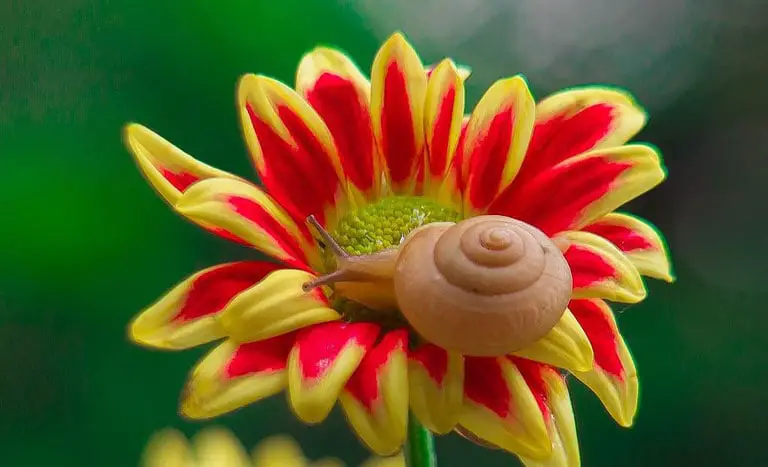
When we think of animals with unique personalities, snails may not be the first creatures that come to mind. However, these little mollusks have been capturing the attention of researchers and animal enthusiasts alike. Their seemingly slow and unassuming nature hides a world of individual differences and complex behaviors that are just waiting to be explored.
One question that often arises is whether snails have their own unique personalities. Just like humans and other animals, could snails also have distinctive traits and behaviors that set them apart from each other?
In this article, we’ll explore the world of snails and unravel the secrets of their personalities. We’ll take a look at the diversity of snail behaviors and traits, the methods used to observe and study their behavior, and the patterns and adaptations that shape their actions. We will also touch on the intriguing question of whether snails experience emotions and discuss the implications of understanding snail behavior in practical applications.
So, let’s slide into this journey of discovery and delve into the remarkable world of snail personalities.
The Diversity of Snail Personalities and Traits
Snails may seem small and unassuming, but they possess a surprising range of personalities and unique traits. Just like humans, snails exhibit individual differences in their behavior, making them fascinating creatures to study. By delving into the diverse world of snail personalities, we can gain a deeper understanding of these captivating creatures.
Imagine a group of snails in a garden—some may be bold explorers, venturing out into new territories with confidence, while others may be more cautious, preferring to stay within the safety of their shells. This variation in behavior and temperament is what defines snail personalities.
Research has shown that snails display a wide range of personality traits. Some may be more active and energetic, constantly on the move and exploring their surroundings. Others may be more laid-back and relaxed, taking their time to navigate their environment. Some snails may exhibit shyness, retracting into their shells at the slightest disturbance, while others may be more curious and eager to investigate their surroundings.
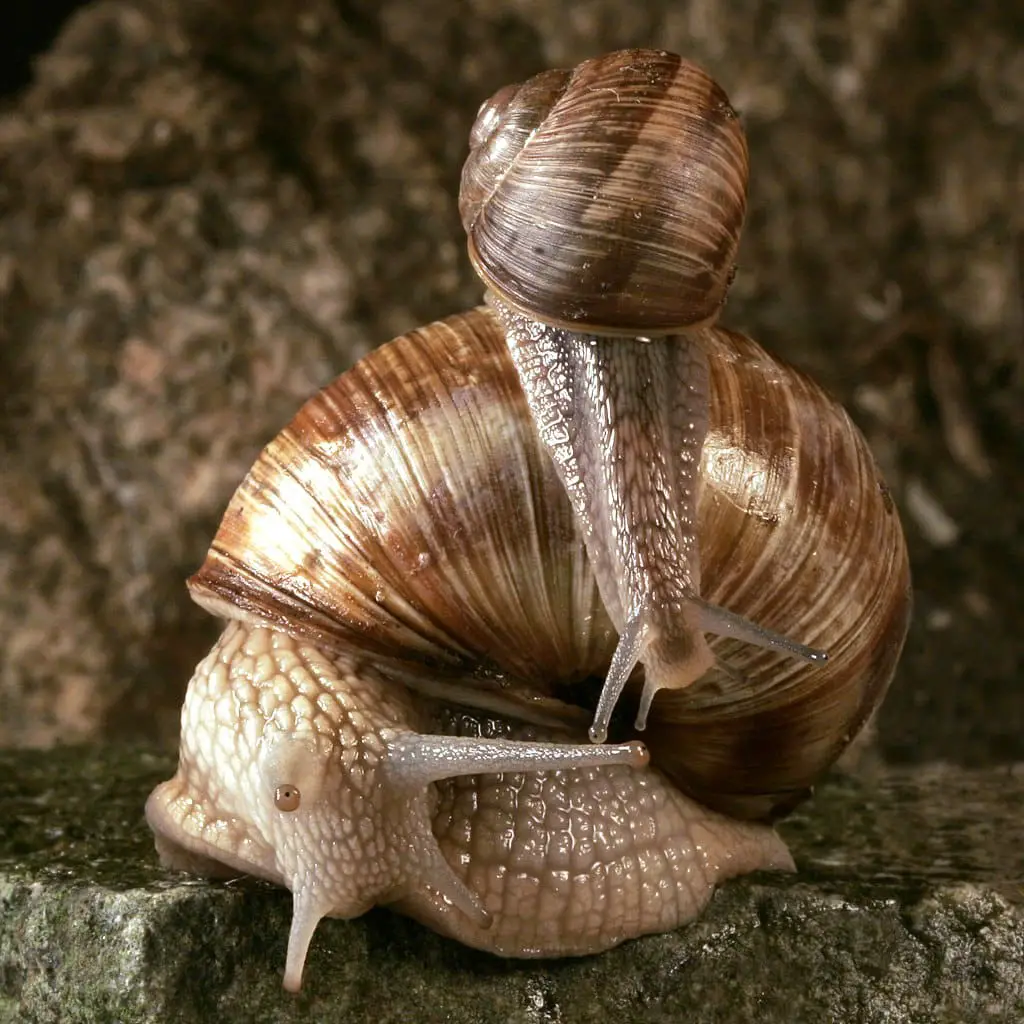
These personality traits are not limited to the snails’ behavior but also extend to physical characteristics. For example, the patterns and markings on their shells can vary greatly from snail to snail, making each individual unique.
Snails’ personalities are not static, but rather can change over time and in response to their environment. Factors such as temperature, humidity, and food availability can all influence their behavior and personality traits. It is this adaptability that allows snails to navigate and survive in different habitats, from lush gardens to arid deserts.
Understanding the diversity of snail personalities and traits provides valuable insights into their lives and behavior. It allows us to appreciate their individuality and recognize that each snail has its own unique story to tell. By unraveling the secrets of snail personalities, we can gain a deeper appreciation for these intriguing creatures and further our understanding of the animal kingdom as a whole.
Observing Snail Behavior: A Window into Their Personalities
Understanding snail behavior requires careful observation and interaction. By observing the way snails behave in different situations, researchers gain valuable insights into their individual personalities and unique traits.
Interacting with snails in controlled environments provides a glimpse into their world and allows us to study their behavior more closely. Specialized methods, such as providing various stimuli or observing their responses to specific conditions, help unravel the mysteries behind their distinct personalities.
One effective method of observing snail behavior is to create controlled environments that mimic their natural habitat. By simulating different conditions, researchers can observe how snails react and adapt. For example, adjusting light levels or humidity levels can elicit different behaviors, helping us understand how snails respond to changes in their environment.
Another approach to observing snail behavior is through careful interaction. By gently handling snails and exposing them to different objects or substances, researchers can observe how they respond and interact. Whether they retreat into their shells or explore their surroundings, these behaviors provide valuable insights into their individual personalities.
Observation is crucial in studying snail behavior, as it allows researchers to capture the subtleties of their actions. By noting specific behaviors, such as movement patterns, feeding habits, or social interactions, scientists can begin to identify commonalities or differences among snails, shedding light on their unique personalities.
Snail behavior reflects their personalities, and understanding their individual traits can have broader implications. By carefully observing and interacting with snails, scientists can contribute to our knowledge of animal behavior as a whole, helping us gain a deeper appreciation for the complexity and diversity of the natural world.
Snail Behavior Patterns: Consistency and Adaptation
Snail behavior is not just a random assortment of actions. These fascinating creatures exhibit patterns in their behavior that provide insights into their personalities and their ability to adapt to their surroundings.
One prominent behavior pattern observed in snails is their interaction with the environment. Snails are known to be highly responsive to changes in their surroundings, whether it be temperature fluctuations, humidity levels, or the presence of food sources. Their consistent response to these stimuli suggests that snails have developed specific behavioral patterns to optimize their survival.
For example, some snail species are known to retract into their shells or close their operculum when they sense a threat. This behavior serves as a protective mechanism, allowing them to retreat to safety until the danger has passed. Observing this consistent pattern in response to potential harm highlights the snail’s innate ability to adapt and ensure its survival.
Another behavior pattern observed in snails is their movement and exploration of their environment. Snails display a remarkable level of consistency in their movement patterns, often following the same routes and paths repeatedly. This behavior is thought to be a result of their preference for familiar surroundings and the ability to locate food sources efficiently.
Furthermore, snails also exhibit consistent behaviors when it comes to their feeding habits. Different snail species have distinct preferences for certain types of food, displaying consistent patterns in their feeding behavior. Some snails are herbivorous and primarily feed on plants, while others may be omnivorous, consuming a variety of food sources such as algae, decaying matter, and even small invertebrates.
Overall, these behavior patterns in snails reflect their personalities and their ability to adapt to their environment. By honing in on these consistent actions, scientists can gain a deeper understanding of the complexities of snail behavior and how it contributes to their overall survival and well-being.
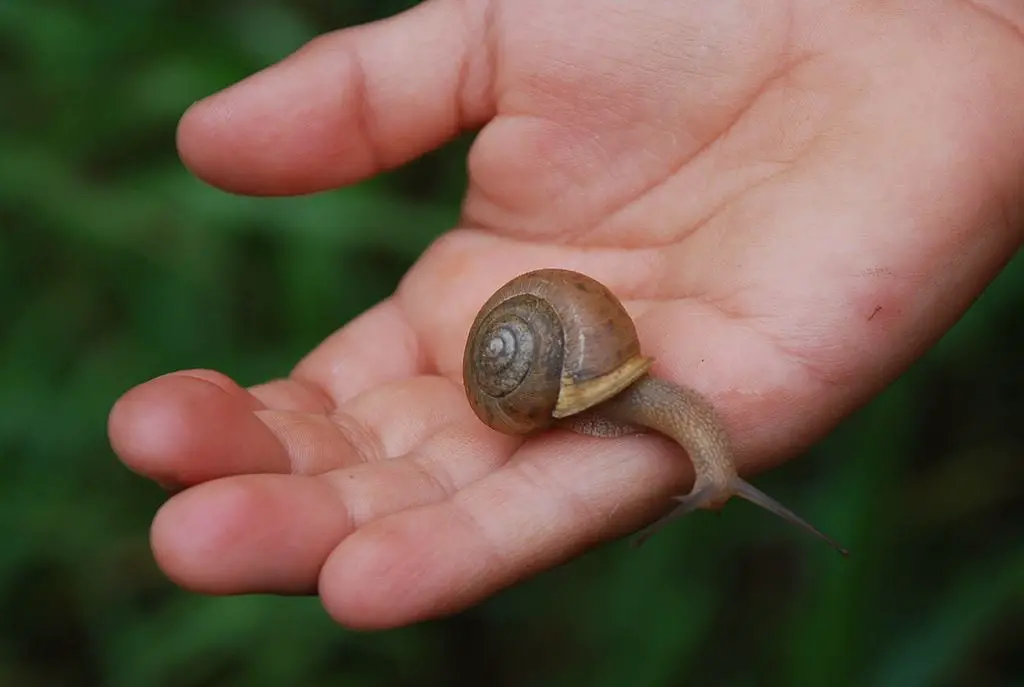
Shedding Light on Snail Emotions: Can They Feel?
One of the most intriguing questions surrounding snails is whether they have emotions. While it may be easy to dismiss these slow-moving creatures as devoid of feelings, scientists have started to uncover evidence that suggests otherwise.
Research studies have shown that snails exhibit behaviors that indicate the presence of emotions. For example, when exposed to unfavorable conditions, snails have been observed to retreat into their shells and display signs of stress, such as reduced activity and decreased feeding.
Furthermore, studies have also revealed that snails can experience positive emotions. When provided with preferred food sources or environmental conditions, snails have been observed to exhibit behaviors associated with pleasure or contentment, such as increased activity and exploratory behavior.
While it is challenging to directly measure emotions in snails due to their unique biology, these observations provide compelling evidence that they do possess the capacity to feel to some degree.
Scientists believe that the presence of emotions in snails can be attributed to their relatively advanced nervous systems. Despite their small size, snails have a complex network of nerves and ganglia that allows them to process information and respond to their surroundings.
Interestingly, some researchers suggest that studying the emotional experiences of snails can provide valuable insights into how emotions evolved across different species, including humans.
By gaining a better understanding of the emotional lives of snails, scientists hope to unravel the evolutionary origins and functions of emotions, shedding light on the universality of this profound aspect of life.
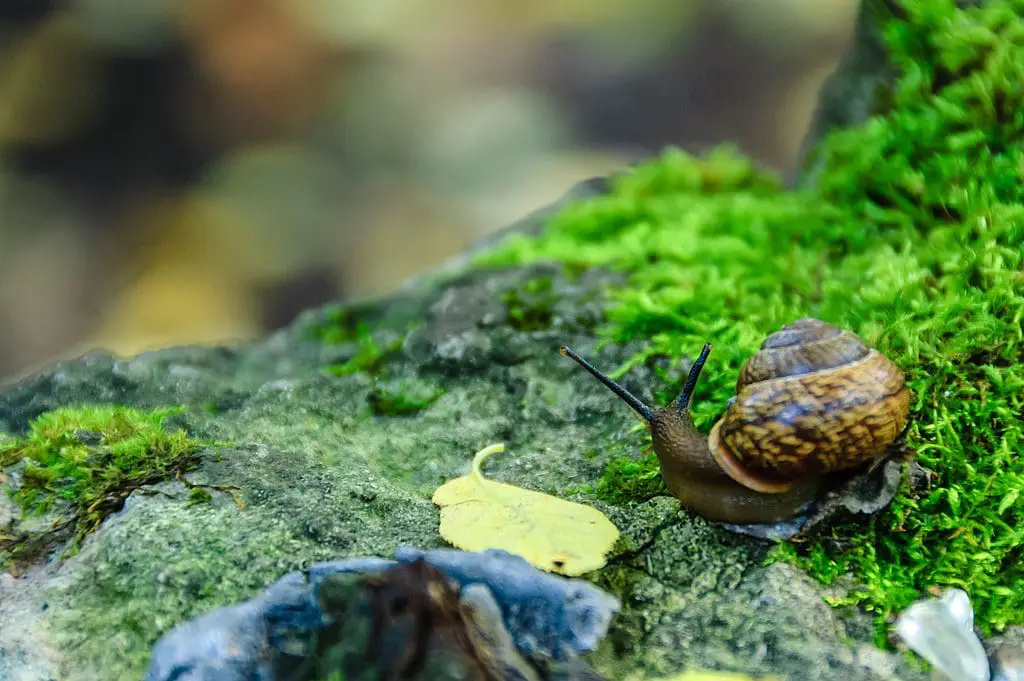
Pet Snail Behavior: Understanding and Nurturing their Personalities
Having a pet snail can be a unique and fascinating experience. These slow-moving creatures have their own personalities that can be observed and nurtured. Understanding their behavior is crucial in providing the best care and ensuring their well-being. Here, we dive into the world of pet snail behavior and explore ways to interact with and nurture their unique personalities.
When it comes to pet snails, it’s important to recognize that each individual has its own distinct personality. While some snails may be more outgoing and curious, others may be more reserved and cautious. Observing their behaviors can give us insights into their personalities and preferences.
One way to interact with your pet snail is by placing a shallow dish of water in their enclosure. Snails love to explore and bathe in water, and this simple activity can offer a glimpse into their personality. Some snails may eagerly crawl into the water, while others may approach with caution or even avoid it altogether. By observing their reactions, you can better understand their comfort levels and preferences.
Creating a safe and stimulating environment is essential in nurturing their personalities. Provide a variety of substrates, such as soil, moss, or bark, for them to explore and burrow into. You can also introduce different textures and objects, like rocks or pieces of wood, to create an enriching habitat. Snails often exhibit different behaviors when presented with new stimuli, allowing their unique personalities to shine through.
Offering a diverse diet is another way to engage with your pet snail and cater to their individual preferences. While most snails enjoy a diet of fruits, vegetables, and leafy greens, they may show distinct preferences for certain foods. Some snails may eagerly devour cucumber slices, while others may have a particular fondness for lettuce. Paying attention to their eating habits can provide valuable insights into their personalities.
It’s important to remember that snails are sensitive creatures, and excessive handling can cause stress. While some snails may enjoy gentle interaction and crawling on your hand, others may prefer to explore their environment undisturbed. Respect their boundaries and observe their reactions to determine their comfort levels.
By understanding and nurturing their personalities, you can forge a deeper bond with your pet snail. Remember, each snail is as unique as a fingerprint and deserves the opportunity to express their individuality. So next time you spend time with your pet snail, take the time to observe their behaviors, cater to their preferences, and appreciate the fascinating world of snail personalities.
Unraveling the Secrets: The Role of Genetics and Environment
Understanding the fascinating world of snail personalities goes beyond mere observation of their behavior. It involves delving into the intricacies of their genetic makeup and the influence of their environment. The interplay between nature and nurture plays a significant role in shaping the unique traits and behaviors exhibited by these captivating creatures.
Genetics play a crucial role in determining the inherent characteristics of snails. Just like any other living organism, snails inherit certain traits from their parents. Genetic factors contribute to the variations in behaviors, such as their activity levels, exploratory tendencies, and even their sociability. Scientific studies have shown that snails with different genetic backgrounds exhibit distinct personalities and responses to stimuli.
However, while genetics provide the foundation, it is the environment that molds and shapes the expression of these traits. Snails, being cold-blooded creatures, are highly sensitive to changes in their surroundings. Environmental factors like temperature, humidity, light cycles, and even the availability of food can influence their behavior and personalities.
Researchers have observed that snails living in different habitats display unique behavioral patterns and adaptability. For instance, snails in harsh or predator-rich environments may exhibit more cautious and reclusive personalities, while those in favorable conditions might demonstrate more exploratory and outgoing behaviors.
Furthermore, studies have shown that the early experiences of snails can have a lasting impact on their personalities. Snails that have experienced nurturing and enriched environments during their developmental stages may exhibit more confident and sociable behaviors. On the other hand, snails raised in restricted and stressful conditions may develop more anxious or withdrawn personalities.
Genetics and Environment: A Complex Interaction
The relationship between genetics and environment is not a simple one. It is a complex interplay between various factors that ultimately shape the personalities of snails. Genetic predispositions lay the foundation, but it is the experiences and exposures throughout a snail’s life that refine and mold their behavior and traits.
Understanding the role of genetics and environment in snail behavior has broader implications beyond the realm of these fascinating creatures. It helps scientists gain insights into the mechanisms of behavior and personality development in animals as a whole. By studying the interplay between nature and nurture in snails, researchers can draw parallels to understand how genes and environments contribute to the behavioral diversity observed across different species.
This knowledge can contribute to advancements in various fields such as biology, ecology, and even medicine. By unraveling the secrets of snail personalities, scientists can gain a deeper understanding of the complexities of animal behavior and apply this knowledge to conservation efforts, animal welfare, and even human psychology.
Exploring the role of genetics and environment in snail behavior is a captivating endeavor that offers valuable insights into the intricate world of these mesmerizing creatures. From the nuances of their genetic makeup to the influence of their surroundings, it is a fascinating journey of discovery that sheds light on the complexities of the animal kingdom.
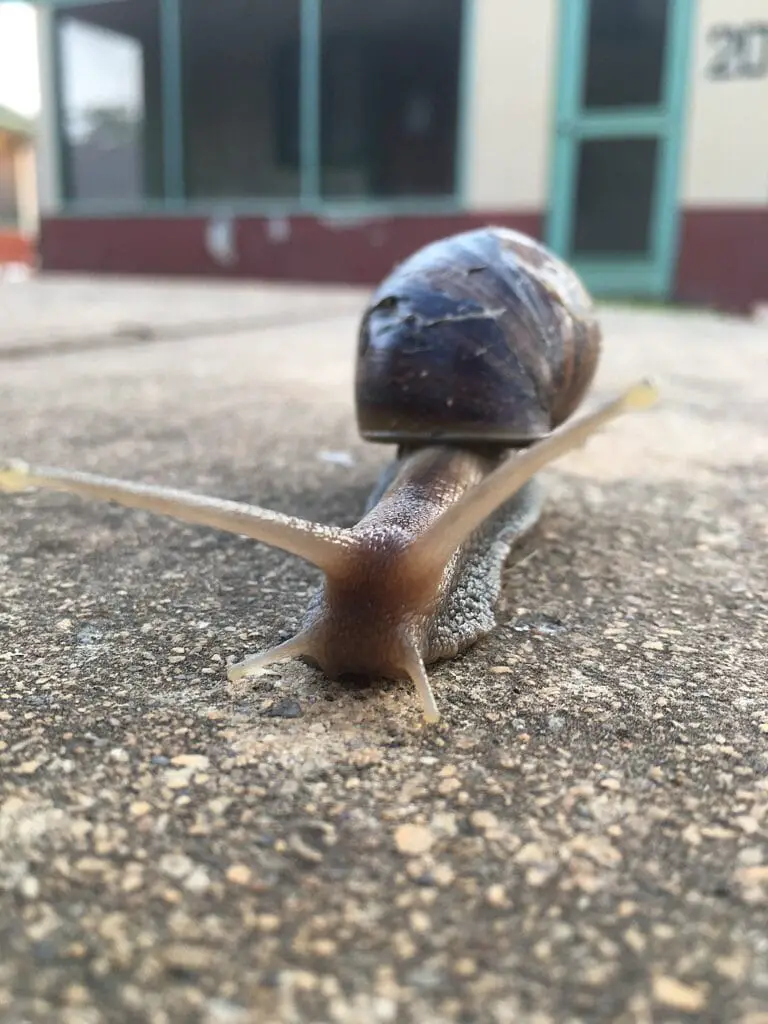
Why Snail Personalities Matter: Implications and Applications
Studying snail personalities may seem like an unusual pursuit, but it has far-reaching implications for our understanding of animal behavior. These seemingly slow and unassuming creatures have unique traits and behaviors that reveal fascinating insights into the natural world. By unlocking the secrets of snail personalities, scientists can gain a deeper understanding of how animals behave and adapt in various environments.
One practical application of understanding snail behavior lies in the field of biology. Snails have been used as model organisms in research, allowing scientists to study various biological processes. By examining their personalities and behaviors, researchers can gain valuable insights into the genetic and environmental factors that influence animal behavior as a whole. This knowledge can then be applied to other species, enabling us to better understand the complex interactions between genes and the environment.
Understanding snail personalities also has implications for ecology. Snails play important roles in ecosystems, from nutrient cycling to pollination. By studying their behaviors and preferences, scientists can gain a better understanding of how snails interact with their environment and the impact they have on the ecosystem. This information can help shape conservation efforts and management strategies to ensure the preservation of these delicate ecosystems.
Furthermore, understanding snail personalities can have unexpected applications in medicine. Snails have been used in medicinal research, particularly in the study of neurobiology and the development of new drugs. Their unique nervous system and behaviors offer valuable insights into neural mechanisms, which can be applied to research on human health conditions such as Alzheimer’s disease and Parkinson’s disease. By studying snail personalities, scientists may uncover new avenues for therapeutic interventions and treatments.
Overall, unraveling the secrets of snail personalities has far-reaching implications across various scientific disciplines. From biology to ecology and even medicine, the knowledge gained from studying these fascinating creatures can contribute to our understanding of the natural world and improve our ability to protect and care for all living beings.
Frequently Asked Questions about Snail Personalities
Here are some common questions that people have about snail personalities, behavior, and care:
1. How long can snails live?
Snails have a relatively long lifespan compared to many other small creatures. In the wild, some species of snails can live up to 15 years, while others may live for 2-3 years. The lifespan of pet snails can also vary depending on their care and the specific species.
2. What do snails eat?
Snails are herbivores and eat a variety of plant matter. They typically feed on leaves, fruits, vegetables, and even algae. It’s important to provide a balanced diet for pet snails to ensure their nutritional needs are met.
3. Do snails carry any risks or diseases?
While the majority of snails are harmless, it’s important to be cautious when handling them. Some snails may carry parasites or bacteria that can be potentially harmful to humans. It’s best to avoid touching snails directly and always wash your hands thoroughly after handling them.
4. Can you hold a pet snail?
You can hold a pet snail gently, but remember to be cautious and avoid applying too much pressure. Snails are delicate creatures, and excessive handling can cause stress or even harm to them. Always ensure your hands are clean and avoid squeezing or dropping them.
5. Can snails hear or recognize their owners?
Snails do not have ears in the traditional sense, but they can sense vibrations and changes in their environment. While they may not recognize their owners in the same way that dogs or cats do, snails can become accustomed to certain individuals and respond to their presence.
6. Can snails be kept in groups?
Some species of snails can be kept together in groups, while others may prefer solitude. It’s important to research the specific species you have to understand their social behavior and determine whether they are compatible for group living. Providing enough space and hiding spots is crucial to maintaining a harmonious snail community.
7. Are there any factors that can influence a snail’s behavior?
Absolutely! Several factors can influence a snail’s behavior, including temperature, humidity, light exposure, and the availability of food and water. Changes in any of these factors can affect their activity levels, feeding patterns, and overall behavior.
8. Can you train a pet snail?
While it may not be possible to train a snail in the same way that you would train a dog or a bird, snails can learn to recognize certain stimuli and respond to them. For example, they may learn to associate the scent of food with feeding time or the sound of their owner’s voice with interaction.
9. What should I do if my pet snail becomes inactive?
If your pet snail becomes unusually inactive, it may be a sign of stress, illness, or inadequate conditions. Check the temperature and humidity levels in their enclosure, ensure they have access to fresh food and water, and observe their behavior closely. If the inactivity persists, it may be best to consult a veterinarian who has experience with snails.
10. Can I release a pet snail into the wild?
It is generally not recommended to release pet snails into the wild. They may not be native to the area and could potentially disrupt the local ecosystem. Additionally, some pet snails may carry diseases or parasites that could be harmful to wild snail populations. If you no longer want to keep a pet snail, it’s best to find a responsible and knowledgeable owner who can provide proper care.
Small Creatures, Big Personalities
Understanding and caring for snails can be a rewarding experience. By providing a suitable environment and observing their behavior, you can nurture their unique personalities and contribute to their well-being.

